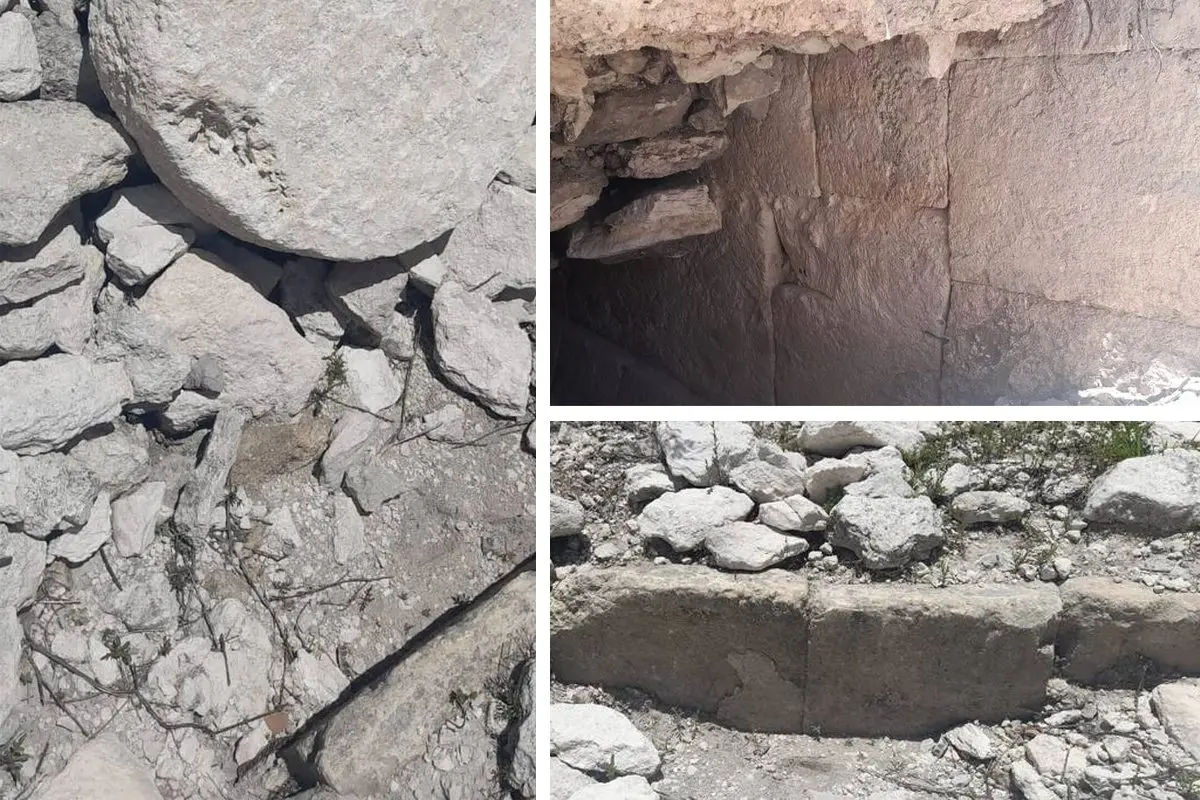Archaeologists excavating in the Juan N. Méndez Municipality, located in the in the Mexican state of Puebla, have uncovered an Olmec ceremonial centre and evidence of a possible pyramid.
The Olmec are the earliest known Mesoamerican civilisation (also referred to as the “mother culture” of Mesoamerica). The name ‘Olmec’ comes from the Nahuatl word: Ōlmēcatl or Ōlmēcah, meaning ‘rubber people’.
The Olmec civilisation emerged in the present-day Mexican states of Veracruz and Tabasco during Mesoamerica’s formative period (1800 to 900 BC), with the subsequent periods being defined as the Middle Formative (900 to 400 BC), and the Late Formative (400 BC to AD 200).
The best-known facet of the Olmec civilisation are massive helmeted stone heads. As there are no existing pre-Columbian texts elucidating to their purpose, these remarkable monuments have fuelled extensive conjecture over the years.
Heavy rains in the Juan N. Méndez Municipality have led to the discovery of a possible pyramid, and four rectangular spaces that were likely used for ball games. Adjacent to the spaces are a series of collapsed stones that could have served as stands for spectators.
Archaeologists have also identified mounds constructed with earth and stone up to 5 metres in height, indicating the significance of the site as a ceremonial centre for performing important rituals.
The site was located in cultivated land, which archaeologists suggest could have significant historical importance, as it could be one of the first Olmec settlements and ceremonial sites in the region.
Header Image Credit : Carmen Flores





